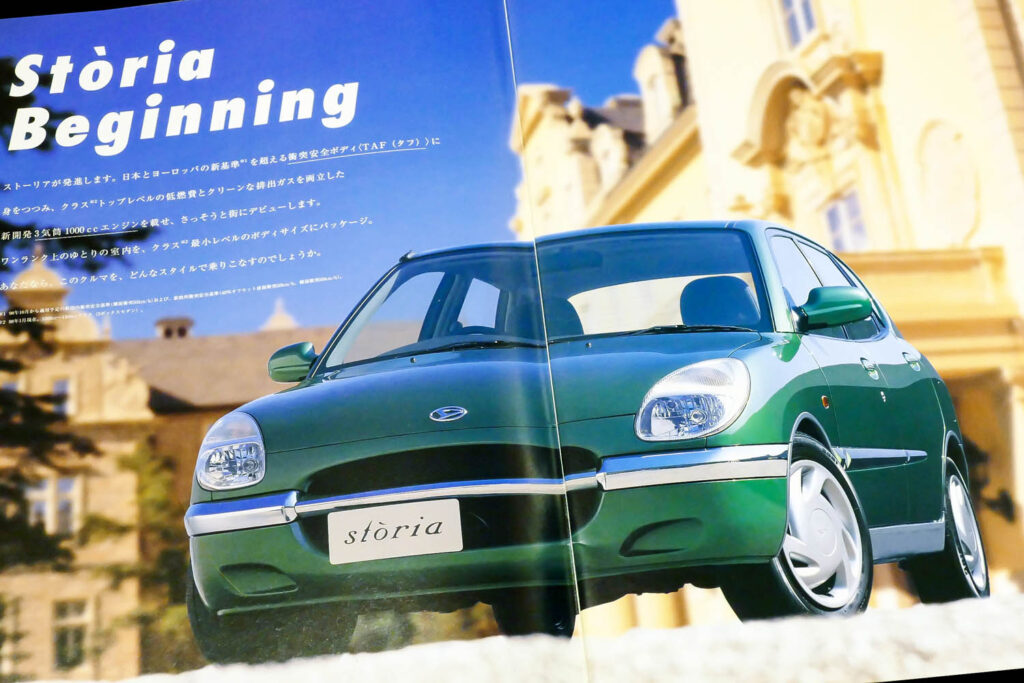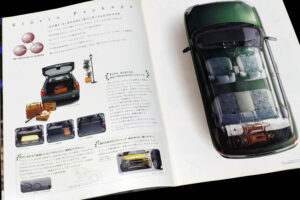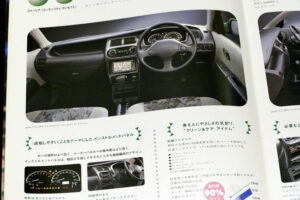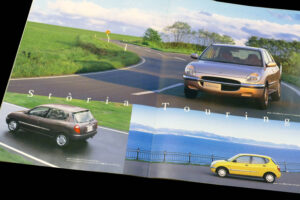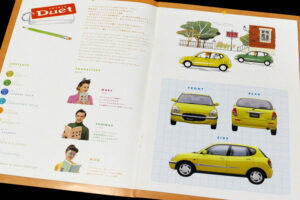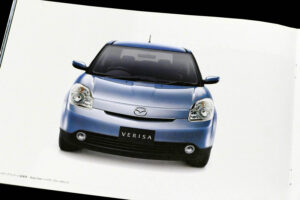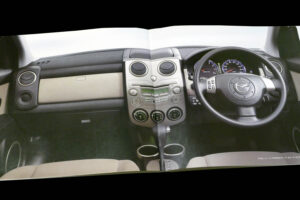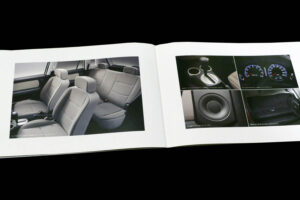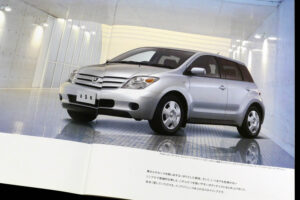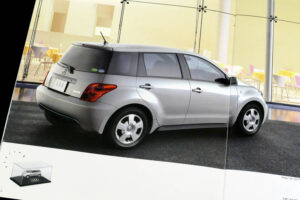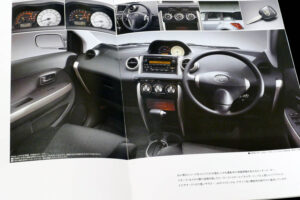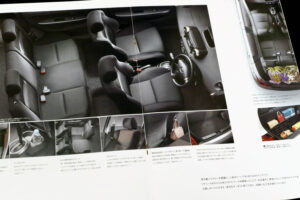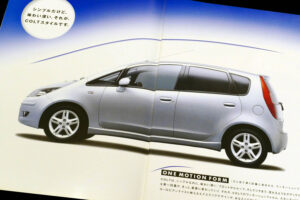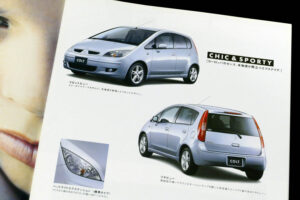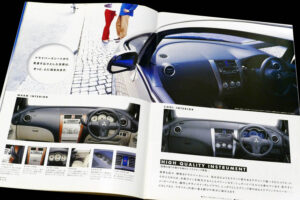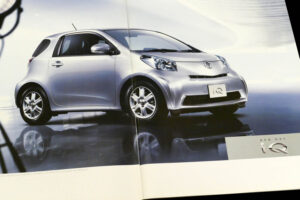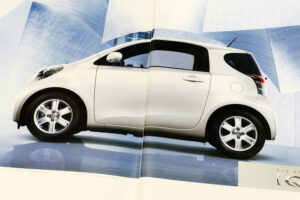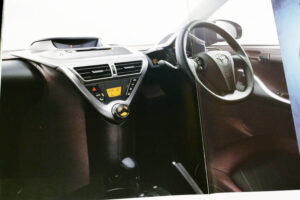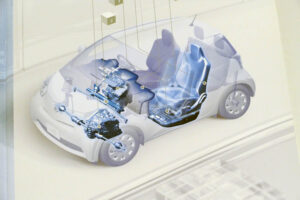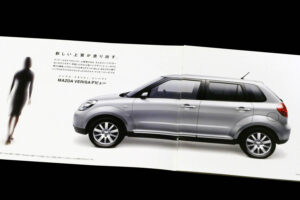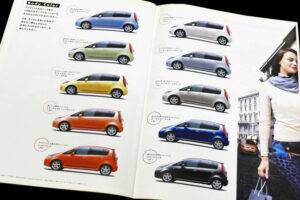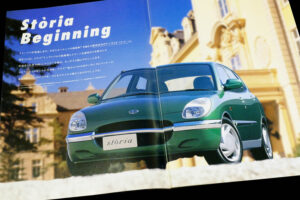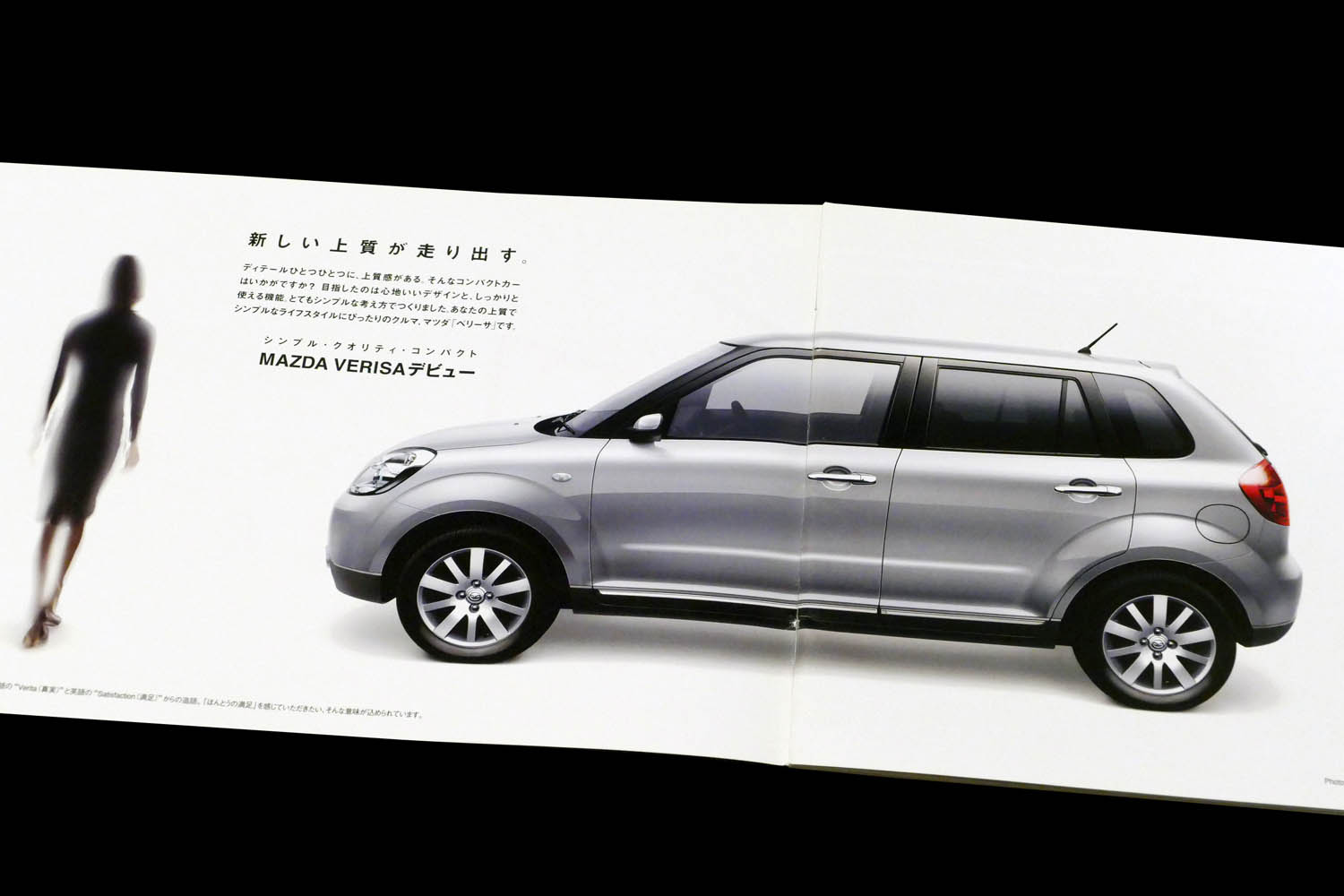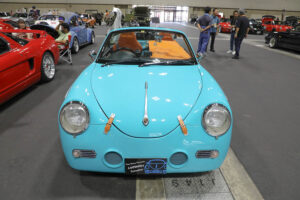Look back at compact cars that were “a bit different” from the others that appeared around the year 2000
While the 1990s and 2000s saw an unprecedented minivan boom in Japan, compact cars were also a new phenomenon, with many different models introduced by various companies. We look back at the cars that unfortunately lasted only one generation, but whose individuality shone through.
Daihatsu Storia: It was a bit of a departure from Japanese cars
The first Daihatsu passenger car other than the kei-car was the first-generation Charade. The Storia was introduced in 1998 as the (at the time) new face of the 1-liter car class.
The Storia had a mask combining an oval front grille and headlamps shaped like some kind of seed or fruit, and was a bit of a departure from Japanese cars. Daihatsu’s design department seemed to have been in constant contact with Italy for a long time, and the coquettish looks may have been born from such circumstances. The author, who drove a first-generation Fiat Punto at the time, felt something of the atmosphere of the instrument panel.
Although the actual car had some hawkish points, such as the intrusion of road noise into the cabin, it was a neat and easy-to-use practical car with a clean and spacious interior. Incidentally, the Duet was the Toyota version of its sibling.
Mazda Verisa: a hidden long-seller with a taste for style
The Mazda Verisa was launched in June 2004. The news release at the time described it as “a new compact car that offers a sense of quality”. It was built on the same platform as the then second-generation Demio and shared the same 2490 mm wheelbase as the Demio.
So what was the difference between the Demio and this Verisa? The difference is that the Demio was a utility-oriented multi-purpose car that inherited the concept of the first generation, whereas the Verisa was a tailored car that was only for those who were particular about their taste, so to speak, and who were also conscious about their glasses.
When we spoke to the car’s designer, Mr K, at the time, he told us that it was “a car that valued the individuality and quality of a BMW Mini or something like that”, and while the exterior was simple, the interior was fitted with leather seats, a piano black centre panel (minor change cars) and a music HDD, The car was also well equipped with an advanced keyless system (card key). It was also a car for fashionable people, with straps for moving the backrests of the rear seats forward from the left and right sides to the centre for quick and smart operation.





